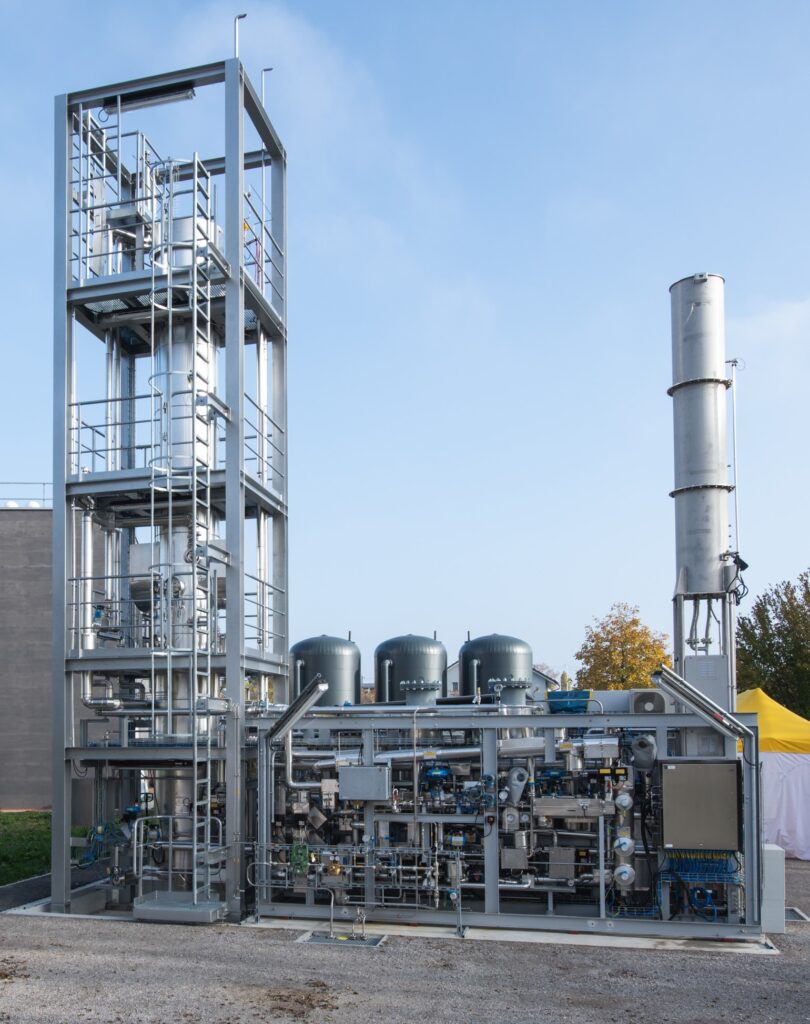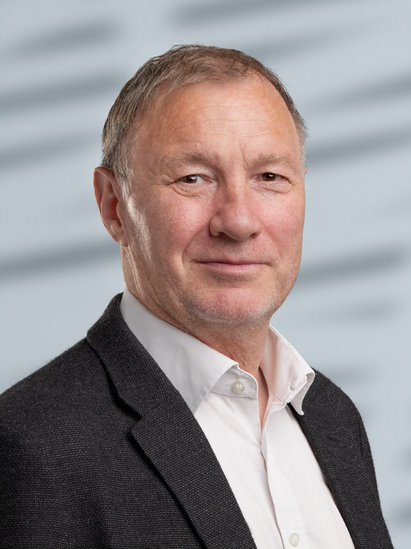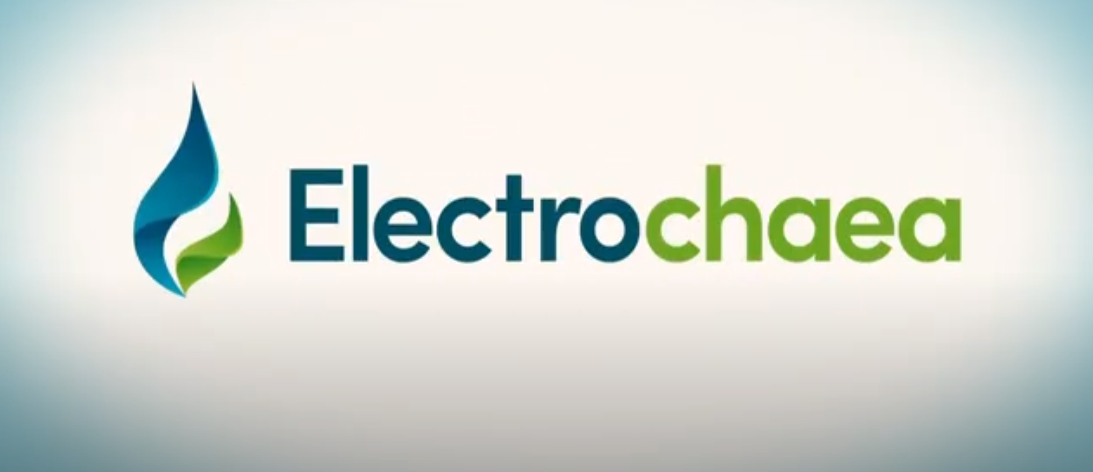Photo: Electrochaea

Member portrait
This article is part of Hydrogen Denmark’s series of member portraits. Here we highligt the members’ work with hydrogen and Power-to-X technologies for the benefit of both climate, employment, and Danish export.
Member portrait: Electrochaea
A special microorganism that converts hydrogen and CO2 into methane is at the heart of Electrochaea’s business model. Electrochaea’s power-to-gas technology has been proven through industrial demonstration projects. ”We have proven that the technology works, and now we are ready to commercialize the technology,” says Peter Plesner, Business Development Director at Electrochaea’s Danish office.
Back in 2013, Electrochaea showed in their first demonstration plant in Foulum that their power-to-gas technology flawlessly converts a mix consisting of four parts hydrogen and one part CO2 into methane. A few years later, Electrochaea’s second demonstration project at Avedøre Holme (2016-2019) under the name BioCat was opened, where the company showed that it is possible to produce methane with 1 MW electrolysis on commercial terms.
The technology is both simple and elegant: “We only have two raw materials as our input, namely hydrogen and CO2,” says Peter Plesner, business development director at Electrochaea’s Danish office, “and with these two raw materials we make methane in a biological process. We use a microorganism, an archaea, which converts hydrogen and CO2 into methane.” The microorganism must also be added a little sulfur and ammonia if it is not already part of the input.
Hydrogen as well as CO2 are introduced into the bottom of a bioreactor, where the robust microorganisms immediately begin to convert the mix to methane. The microorganism is anaerobic, which means that it cannot tolerate too much oxygen, and therefore the reactor must be hermetically sealed. Methane can be tapped into the top of the reactor after the conversion process. If there are other substances entering the reactor such as sulfur and ammonia, this is not a problem for the microorganism. However, too much oxygen can be a problem.
CO2 from carbon capture or biogas
Electrochaea uses green hydrogen, which is produced by electrolysis. The required CO2 can come from different sources. It can be captured in waste incineration, cement factories or the CO2 can e.g. come from biogas that the reactor can handle directly without processing.
Peter Plesner explains: “When the CO2 comes from a form of carbon capture, for example from incinerators, fossil sources, and industrial partners, such as cement factories and steel rolling mills, which have a lot of CO2 available, it must be relatively clean before it can get in the reactor. The challenge is to get the CO2 captured and purified, but once that has happened, we see the CO2 as a resource and not as a greenhouse gas.”
It is also possible to feed the reactor with raw biogas, which typically contains about 40% CO2 and 60% methane. In that case, the biogas can be pumped directly into the reactor, where the microorganisms start to convert the CO2 content of the biogas and hydrogen into methane. When the CO2 comes from biogas, the microorganisms will produce about 40% extra methane. The part of the biogas that has already been converted to methane will bubble through without affecting the process. In this way, the bioreactor can also replace the known biogas upgrading plants.
The end product, methane, can be used in its pure form, or is further processed into other products, such as methanol, or it can also be involved in plastic and protein production, says Peter Plesner. As Electrochaea is a technology supplier, it is up to the customers to decide how they want to use the methane.

Photo: Electrochaea

Photo: Electrochaea
Upscaling
It was a conscious choice from Electrochaea to place two demonstration plants in Denmark. Denmark has both very green electricity and an expanded gas network and is therefore ideal for power-to-gas. The company is ready to scale up production from 1 MW in their BioCat plant to 10-20 MW, and preferably up to 100 MW or more in the future, says Peter Plesner.
Before Electrochaea can have a meaningful start-up of methane production in Denmark, the framework conditions for the production and sale of green gases on the Danish market must be changed. Peter Plesner: “Right now it can not pay off for our customers to produce green methane in Denmark. The price of green electricity from the electricity grid is too high and there is uncertainty about the future prices of green gases. “Basically, a double price must be achieved for the green gas compared to the price for green electricity, as there is a loss of energy, both in the electrolysis and in the methanation process. A higher price of capturing CO2 will also be able to ensure profitability. At present, it is completely free to emit CO2 from biogas plants, as this is considered biogenic. However, the climate is damaged just as much by emitting biogenic CO2 as from fossil CO2.
If we can remove these barriers, we in Denmark can both replace the fossil natual gas and become a major exporter of green methane via the already existing gas network.”
Best practice
Until the Danish framework conditions are more favorable for Electrochaea, the company will focus on developing, refining and upscaling their technology elsewhere in the world.

In Solothurn, Switzerland, the company established a demonstration project in 2019, which also includeds a BioCat reactor, just like in Avedøre Holme. In both places, methane has been able to meet the quality requirements for the gas network.
Peter Plesner says: “There is great potential in our technology, and we hope that we will soon be in full swing on the Danish market again.”
Fact box
The technology was developed in 2006 at the University of Chicago, where Professor Laurens Mets and colleagues isolated a highly efficient strand of the microorganism. The American businessman, Mich Hein, brought the technology to Denmark in 2011, where Electrochaea was founded. In 2014, Electrochaea opened its headquarters in Munich, Germany, where there were interested investors. The technology has been further developed with Danish support for demonstration facilities in Foulum (2013) and the BioCat facility at Avedøre Holme (2019). A similar plant with EU support has been established in Switzerland (2019) as well as a plant in the US (2019). Electrochaea is now ready to sell the technology on a commercial basis, but continues to work on research and development so that efficiency can be further increased in the future. Some of the world’s leading companies today are strategic co-investors in Electrochaea.
